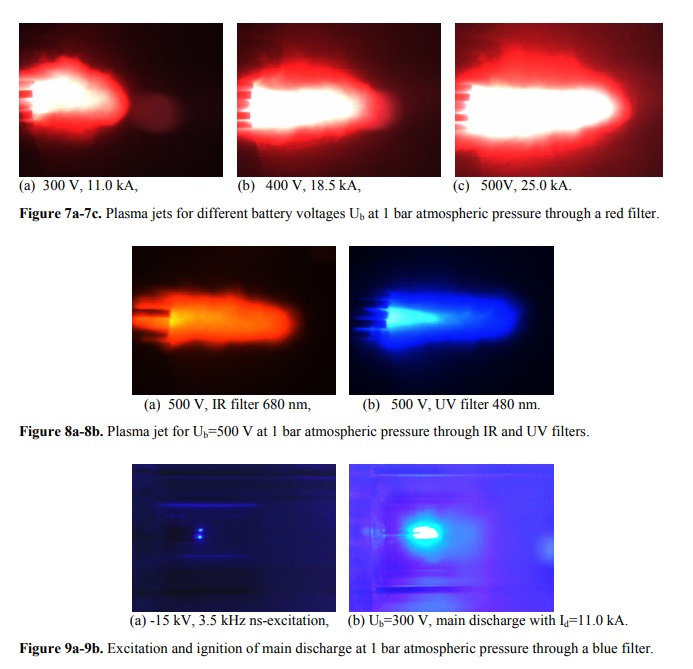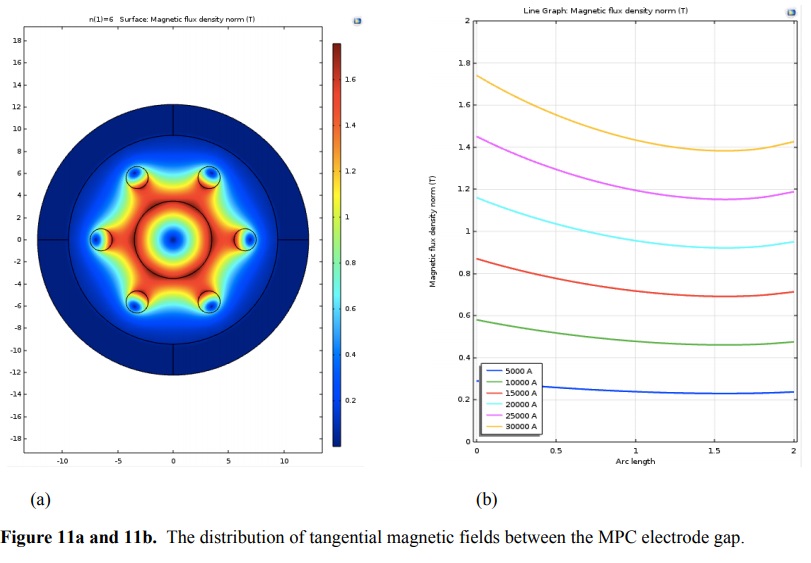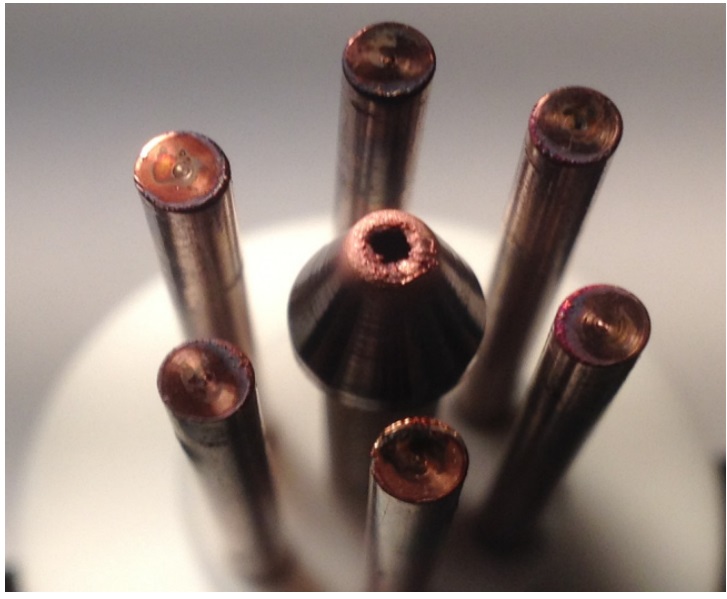The future (or secret present) of plasma engines or how to achieve 27 max moves in the atmosphere
“They say that those who saw a hypersonic ekranoplan flying in a plasma bubble, from which the tank left, sfotal, and then drove back, nobody will tell anything about it.”

In winter, I pestered Green Cat for a long time about plasma engines and their physical limitations. And so he published the post , and after all I want to understand a little bit about “pseudoscience” and myths, and also to understand whether in the near future there is a substitute for chemical rocket engines for my jetpack.
I am not an expert in engines. Well, absolutely never a specialist, but I want to figure it out. I will make a small “stuffing” with the expectation that habraintelect will bring
')
- How does an engine sound in the atmosphere, the outflow rate of which is higher than the fourth cosmic one?
- Is it possible that even now there are working samples of plasma engines on military equipment that can provide a flight speed of 27 sweeps for an object of 100-1000 kg?
- What are the primary sources with different levels of confidence on this issue?
Here are the tests of the Germans:
An article in the Journal of Physics: Conference Series.
The prototype, being scaled to the size of a conventional aircraft engine, is said to be able to develop thrust from 50 to 150 kilonewtons, depending on the applied voltage. The tested prototype is an installation with a length of 80 millimeters and a diameter of 14 millimeters.
Researchers believe that in the future such magnetic-plasma-dynamic engines can be installed on airplanes, and the power units will work effectively at all stages: from take-off to flight at an altitude of 50 thousand meters.

The principle of operation of a magneto-plasma compressor for an analogue of a Laval nozzle.

Thrust and impulse for different types of batteries at different pressures.

General scheme

Test sample

Plasma jet / torch at different voltages.

Plasma in various filters.

The distribution of the magnetic field.

Erosion after 1000 starts.
Sources
- First Breakthrough for Future Air-Breathing Magneto-Plasma Propulsion Systems
- Physicists have tested the plasma engine for aircraft
- In Siberia, will begin experiments that will create a plasma engine
- The Germans have experienced high frequency plasma engine
- Plasma engines: myth and reality
- The victory over the plasma - a new method for communicating with the spacecraft
Source: https://habr.com/ru/post/448196/
All Articles